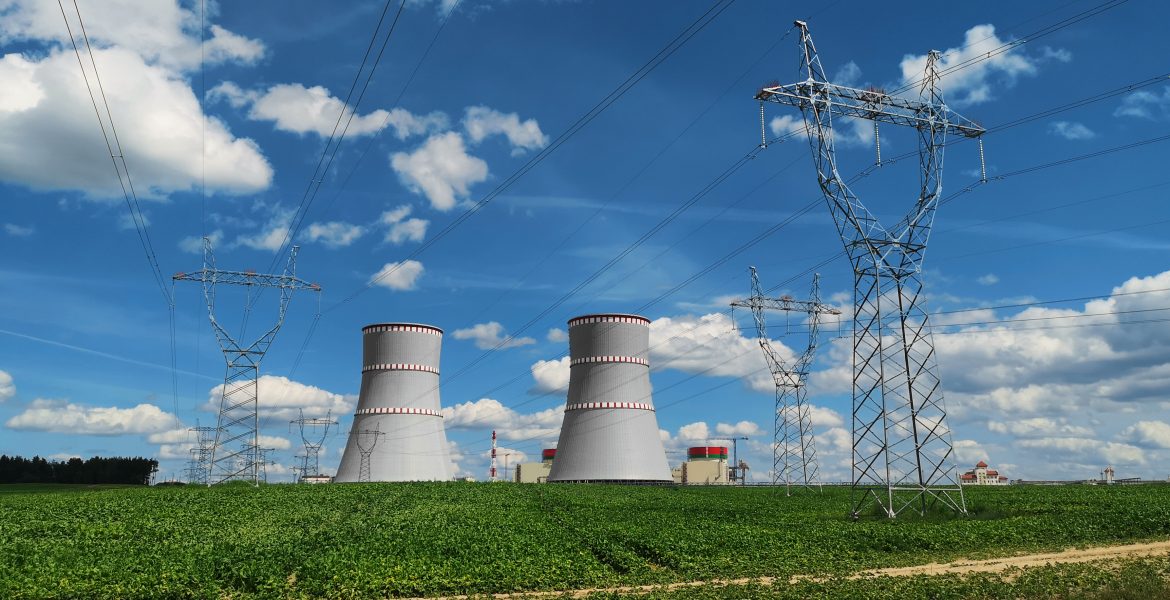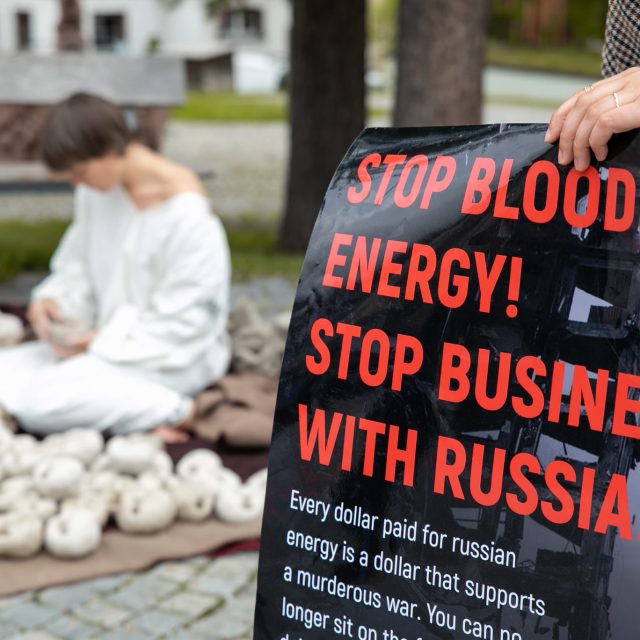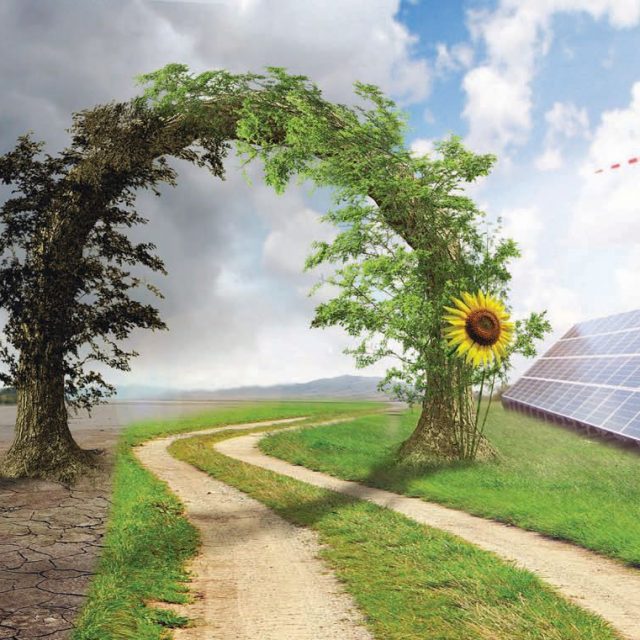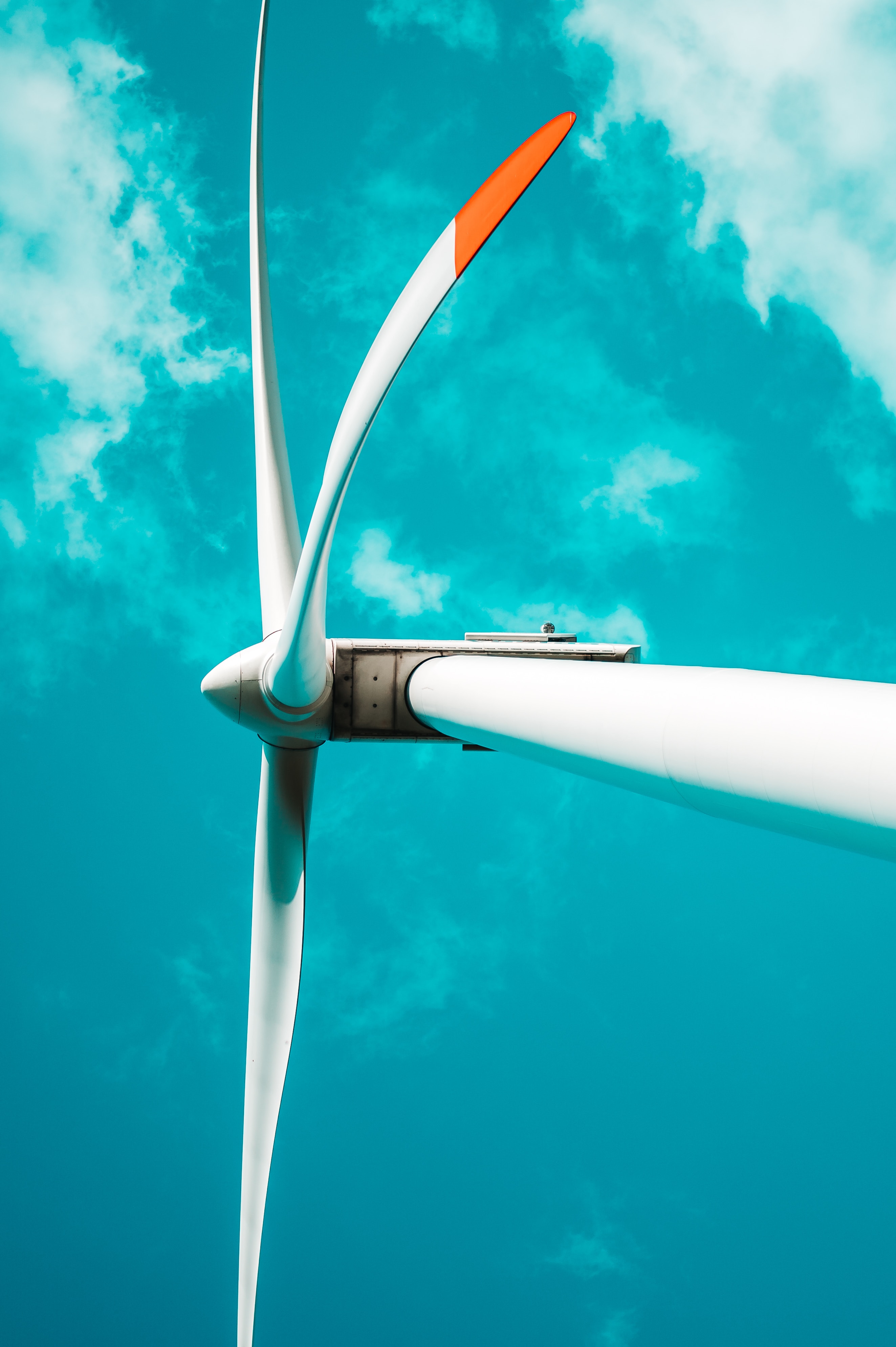Critics argue that nuclear can solve the gas crisis and play a key role in Europe’s future energy mix
As fuel was loaded into the second reactor of Europe’s newest nuclear power plant (NPP), the debate raged on about nuclear’s role in the green energy mix.
Just last week the European Commission put forward the case that nuclear energy is an important “transition” source of energy if the EU is to meet its net-zero goals.
Given nuclear energy’s low-carbon credentials, there is growing pressure for nuclear energy to be included in the EU’s sustainable finance taxonomy. Proponents for nuclear power believe doing so would accelerate the low-carbon transition by unlocking investment for new nuclear capacity. With a Commission-led public consultation process due to get underway, nuclear energy could well be included sooner rather than later.
Aside from its green credentials, stable – and often lower – electricity prices make nuclear energy an attractive option, it is argued. Investing in nuclear makes good economic sense, say its supporters who point to studies suggesting that a nuclear plant, once fully operational, prevents 4.5 billion cubic metres of natural gas being burned every year. That creates about $9 billion of savings per year.
The economic effect should also be viewed in the context of the current natural gas crisis. With energy costs spiking to fresh records day after day and the power grid operators warning that current supplies of natural gas are not enough to power Europe, the financial strain is mounting for viable alternatives.
Energy prices soared to the top of the political agenda this month and were debated by EU leaders at their most recent summit in Brussels. The reason was an unexpected surge in natural gas prices coupled with sluggish renewable energy production.
The ongoing debates around the inclusion of nuclear energy in the green taxonomy does not mean that the EU is anti-nuclear. In fact, the EU supports safe nuclear production and has been involved in overseeing the safety aspects of a new nuclear power plant in Belarus, the country’s first.
Last week, engineers began to load fuel into the plant’s second reactor, which is a significant milestone for the project. Once the reactor has undergone further safety checks, it will be connected to the national grid, unlocking the plant’s 2.4 GW of generation capacity. The plant is expected to become fully operational early next year.
Safety has inevitably been a priority for Belarus in constructing this plant, which was a key driver in selecting Russia’s VVER-1200 technology for the project. VVER-1200 is a pressurised water reactor (PWR) design, which is statistically the safest in the world. There has not been a single accident causing a fatality anywhere in the world at plants using PWR technology in more than 65 years of global nuclear energy.
VVER-1200 falls under the latest generation of reactors, which are designed precisely to meet the strictest post-Fukushima requirements. The VVER-1200 reactor meets all the requirements of the EUR (European Utility Requirements) Organization and incorporates state-of-the-art features, including built-in passive safety systems that require no human intervention for 72 hours after a shutdown.
Throughout the construction process, the Belarusian authorities have involved international bodies to independently assess the plant’s safety standards. Voluntary stress tests run by the European Nuclear Safety Regulators Group (ENSREG) were undertaken which confirmed that the plant could withstand the most extreme natural disasters and gave the plant an ‘overall positive’ mark.
Missions run by the International Atomic Energy Agency (IAEA) have also viewed the NPP favourably and, in December 2021, the IAEA reported that “Belarus has significantly strengthened its regulatory nuclear safety framework over the past five years” and highlighted progress in emergency preparedness and response regulation. The IAEA has also commended the country for its transparency and openness.
It is estimated that Belarus’ new NPP will cut the country’s total CO2 emissions by 15-20%, significant progress for a country traditionally entirely dependent on gas.
Given price volatility and threats to cut off gas supplies to Europe this winter, Belarus is, it has been argued, showing how nuclear energy could carve a low-carbon path away from fossil fuel dependency.




